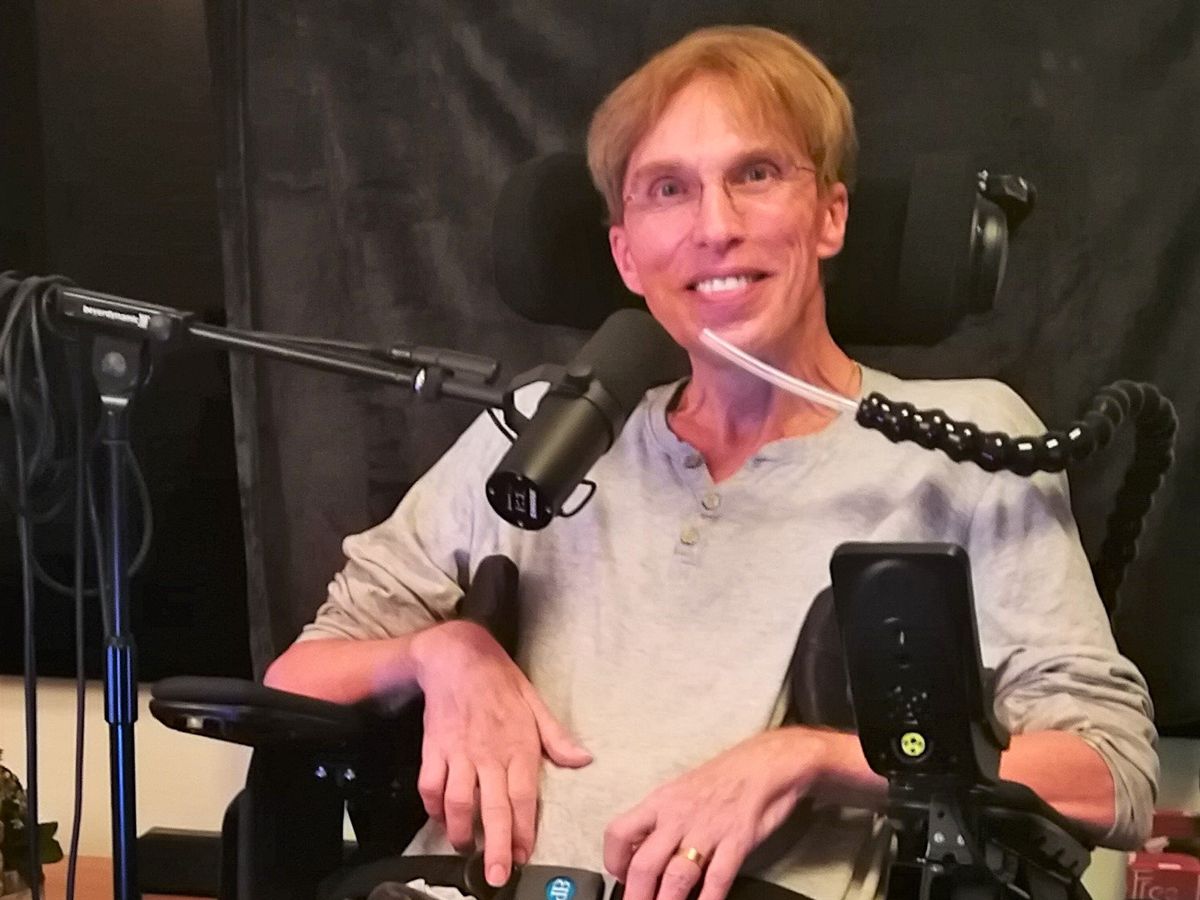Robotics researcher Peter Scott-Morgan does not want to be remembered as an Englishman who died of neurodegenerative disease. He wants to become Peter 2.0, the most advanced cyborg ever.
Already today a long list of medical devices help him breathe, nourish and communicate. These technologies are expected to grow in the near future. But, according to Peter Scott-Morgan, becoming a cyborg is not a matter of avoiding death, it is a matter of evolving.
“Yes, I know, it all seems like science fiction,” admits on his blog, “but some of the best brains in the world, in collaboration with some of the most powerful hi-tech companies, are ready to make it a reality by the end of this year.”
That's about as long as he has left to live (at least statistically speaking), but Scott-Morgan has no intention of giving up next year or the years after.
His biological body is a badly made robot. He is on the decline due to the same neuro-degenerative disorder diagnosed by physicist Stephen Hawking in 1963, and how he relies on technology for mobility and speech.
Like Hawking, Scott-Morgan's nervous system is slowly losing its ability to govern key functions and voluntary movements, leaving it in an almost total state of paralysis.
The integrations
Earlier this week, the 61-year-old man returned “a little more cyborg” home after nearly a month in intensive care, recovering from a series of life-saving procedures (or, in his opinion, “enhancements”). .
These include a mini ventilation system (“quieter than the one Darth Vader has,” Scott-Morgan jokes on Twitter):
Other changes with cyborg technology include a feeding tube in the stomach and a colostomy pouch. Scott-Morgan has also removed his vocal cords to reduce the risk of aspirating his saliva and is now communicating with a synthesized voice.
The transhumanist spirit
Every new piece of engineering is seen as an "upgrade" by the titanic scientist, who has a truly indomitable spirit, and a nature that deserves to end up on Wikipedia under the "courage" entry.

“Now we're only a year or two away from being able to do something revolutionary. All the necessary technology already exists,” says.
This is not entirely true. Of course, technological innovations like one brain-computer interface they are still on the horizon. But Scott-Morgan imagines something more: he sees a future in which Peter 2.0 is not so much a cyborg robot in physical space, but a mind in a digital landscape.
“Peter 2.0 will only be able to do this because he will be much more than a simple biological organism remotely controlling two doppelgangers”, he explains.
More cyborg robots, fewer diseases
Together with her husband Francis, Scott-Morgan created a foundation that aims to research the ethical use of AI and robotics to empower anyone who feels limited by illness, age or disability.
The future is already here, in many ways. But to quote science fiction writer William Gibson, “it's not very evenly distributed.”
To broaden access to life-saving treatments and technologies for people with neurodegenerative diseases, their “Right to Thrive” campaign has asked members of the English Parliament for support.
Because the story of Peter 2.0 is so much, much more. Maybe he will give us good news himself, and I hope so with all my heart.


